Ursa Technologies Ltd was founded in 1994 by Dr. Adrian Wade, whilst developing laboratory analyzer technology at B.C. Research Inc.
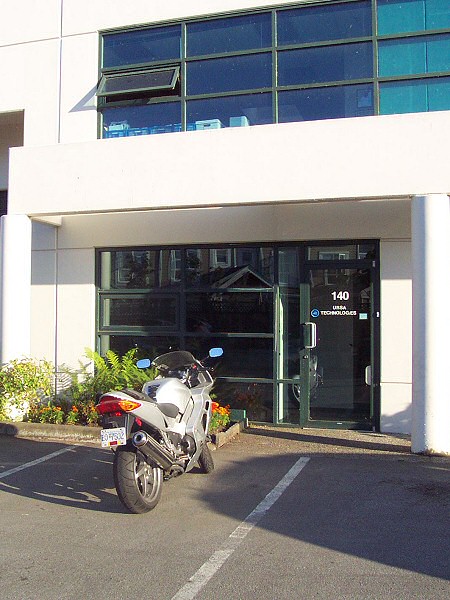 In July 2001, the company took on its own premises on No. 2 Road in Richmond, BC, and expanded those premises in September 2011. In December 2015 the company then moved to Clarke Place, Richmond, and remained there until the end of 2022.
In July 2001, the company took on its own premises on No. 2 Road in Richmond, BC, and expanded those premises in September 2011. In December 2015 the company then moved to Clarke Place, Richmond, and remained there until the end of 2022.
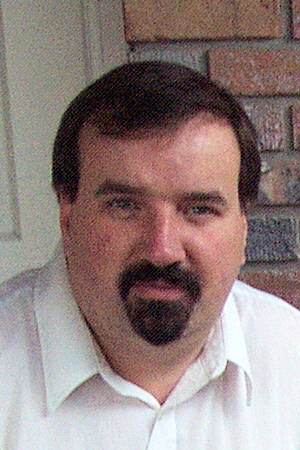 Dr. Adrian Wade
Dr. Adrian WadeDr. Wade is a Member of the Royal Society of Chemistry and a Chartered Chemist. He is a Member of the Chemical Institute of Canada, and serves on the Executive of Vancouver Local Section. He and his family emigrated from the United Kingdon to Canada in 1988, and have called Richmond, B.C. "home" ever since.
Dr. Wade obtained his B.Sc. (hons) in Chemistry with Computer Studies from University of Southampton (U.K.) in 1981. This included research projects on optimization of the reaction of ninhydrin with amino acids (with Dr. Alan Howard), and simulation of nematic liquid crystals (with Prof. Geoffrey Luckhurst). He credits the spark that led to his lifelong interest in analytical chemistry to Dr. Howard.
This was followed by a Ph.D. in Chemistry from University of Wales in 1985 under the expert supervision of Prof. D. (Jack) Betteridge (University College Swansea) and Dr. Arthur F. Taylor (British Petroleum Research Centre, Sunbury-on-Thames).
His Ph.D. thesis, "Modern Mathematical Methods in Analytical Chemistry", featured work on automated analytical chemistry (including flow injection analysis (FIA), automated solvent extraction, uranium chemistry and pharmaceutical chemistry), experimental optimization, computer simulation of acoustic emission, and an expert system for North Sea gas analysis. It resulted in several research papers and was awarded the Harry Hallam Memorial Prize by University College Swansea.
He then pursued postdoctoral research for two years in the Chemistry Department at Michigan State University, working with Professors Stanley R. Crouch (instrumental methods of analysis, including FIA and HPLC) and Christie G. Enke (artificial intelligence in mass spectrometry).
Upon coming to Canada in 1987, he served on faculty at University of British Columbia for seven years, during which time his research group achieved 6 Ph.D. and 6 M.Sc. graduates, and put 20 undergraduates through successful fourth year research projects.
The years on faculty at UBC involved working extensively with several sectors of Canadian industry (including through one of the National Centres of Excellence), and resulted in many publications and presentations at international conferences. Research focussed on flow methods of analysis, automated instrumentation, automated methods development, chemical acoustic emission, chemometrics, and improving analytical techniques useful in Canadian industry.
In 1994, he moved to B.C. Research Inc. as Senior Program Consultant, Intelligent Sensing Systems, and (upon advice from BCRI Director, Dr. Henry Geraedts) founded the company which, in 1999, would become known as Ursa Technologies Ltd. Work at B.C. Research continued development of analytical methods, hardware and software, and resulted in a U.S. Patent on automated instrumentation. Also, through B.C. Research, he supervised two UBC Chemical Engineering student final year research projects. This work included use of 20 kHz power ultrasound to significantly improve the yield of an industrial process.
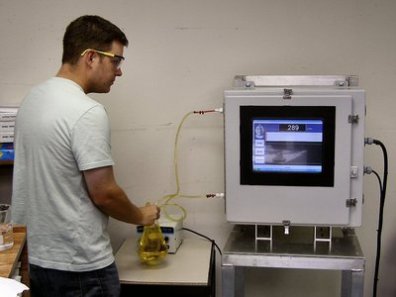 Later, in 2007, and with the valued assistance of Stephen Hall (P.Eng.) (which continues to this day), he supervised Scott Stirling, a University of Waterloo Co-op Student, at the Ursa Technologies premises. This work resulted in development of Ursa Technologies first liquid and gas process analyzers.
Later, in 2007, and with the valued assistance of Stephen Hall (P.Eng.) (which continues to this day), he supervised Scott Stirling, a University of Waterloo Co-op Student, at the Ursa Technologies premises. This work resulted in development of Ursa Technologies first liquid and gas process analyzers.
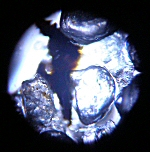 Ursa Technologies provides a wide variety of research and development services to customers. Examples include spectroscopy-based fluorescent product design (including manufacturing design and quality control), chemical/electrochemical separations techniques, and process and environmental monitoring applications (more). We operate under Non-Disclosure Agreements with our clients, as necessary.
Ursa Technologies provides a wide variety of research and development services to customers. Examples include spectroscopy-based fluorescent product design (including manufacturing design and quality control), chemical/electrochemical separations techniques, and process and environmental monitoring applications (more). We operate under Non-Disclosure Agreements with our clients, as necessary.
Ursa Technologies would welcome the opportunity to supervise further research students now that we are in our new premises.
D. Betteridge, T.J. Sly, A.P. Wade and D.G. Porter, "A Versatile Automatic Development System for Flow Injection Analysis", Anal. Chem., 58, 2258-2265, (1986).
D. Betteridge, A.G. Howard, and A.P. Wade, "Reflections on the Modified Simplex, Part II", Talanta, 32(8B), 723-734, (1985).
C.J. Patton and A. P. Wade, "Continuous Flow Analyzers", Chapter 4, in the second edition of G.W. Ewing (Ed.), "Analytical Instrumentation Handbook", ISBN 0-8247-9460-5, Marcel Dekker, New York, NY, January 1997.
A.P. Wade, D.B. Sibbald, M.N. Bailey, R.M. Belchamber, S. Bittman, J.A. McLean, and P.D. Wentzell, "An Analytical Perspective on Acoustic Emission" (front cover), Anal. Chem., 63, 497A-507A, (1991).
T.G. Crowther, A.P. Wade, P.D. Wentzell and R. Gopal, "Characterization of Acoustic Emission from an Electrolysis Cell", Anal. Chim. Acta, 254, 223-234, (1991).
A.P. Cook L.E. Bowman and A.P. Wade, "Study of KBr / Pb(NO3)2 Growth and Crystal Morphologies by Acoustic Emission and Photomicrographic Techniques", J. Crystal Growth, 131, 395-412, (1993) [This is also Paprican Graduate Research Laboratory Report #550, July 1993].
O. Lee, Y. Koga and A.P. Wade, "Monitoring the II/III Phase Transition of Hexachloroethane by Acoustic Emission", Talanta, 37(9), 861-873, (1990).
T.G. Crowther, A.P. Wade and N. Brown, "Acoustic Emission Monitoring of the Sensitivity of Chemicals to Impact", J. Acoustic Emission, 10(3/4), 71-82, (1991/92).
R.M. Belchamber, D. Betteridge, A.J. Cruickshank, P. Davison and A.P. Wade, "Removal of a Matrix Effect in ICP-OES Multi-element Analysis by Simplex Optimization", Spectrochim. Acta B., 41B(5), 503-506, (1986).
C.D. Crowe, H.V. Levin, D. Betteridge and A.P. Wade, "A Random Walk Simulation of Merging-Zones FIA", Anal. Chim. Acta, 194, 49-60, (1987).
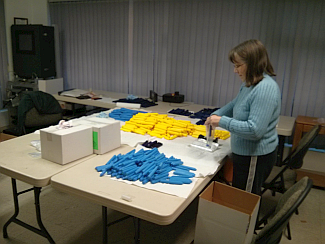 Ursa Technologies is active in the local community. The photo (December 2015), shows Susan Wade preparing part of a batch of 7000 crayons for donation to a local childrens' charity. You can read more about how we try to help here.
Ursa Technologies is active in the local community. The photo (December 2015), shows Susan Wade preparing part of a batch of 7000 crayons for donation to a local childrens' charity. You can read more about how we try to help here.